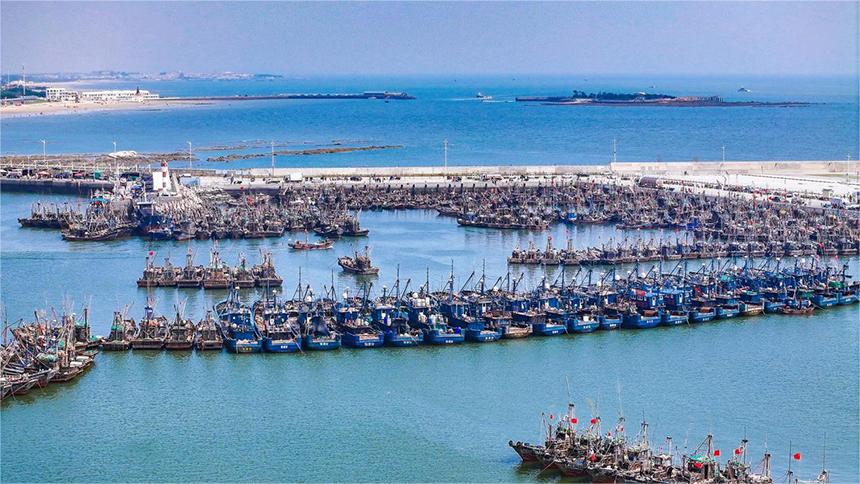Prices to sustain recovery in Q4

Vegetable supplies return to normal levels at a market in Beijing. (Photo by Li Xinlei/China Daily)
China's overall price levels are expected to sustain a mild recovery in the fourth quarter of the year, as the country continues to carry out proactive fiscal policies and smoothen domestic economic circulation, experts said on Monday.
Their remarks came after the National Bureau of Statistics said China's consumer price index, the main gauge of inflation, rose by 0.6 percent year-on-year in August, up 0.1 percentage point from July.
Among the eight major components of the CPI basket, the prices of seven rose or remained flat year-on-year in August while transportation and communications declined, according to the NBS.
Zhou Maohua, a researcher at China Everbright Bank, said the CPI, which fell in June, rose month-on-month for two consecutive months — July and August — shows that China's supply and demand relationship has improved, suggesting the proactive fiscal policies have gradually taken effect.
Zhou said the upcoming Mid-Autumn Festival and National Day holidays, and the frequent extreme weather events are both important factors leading to the increase.
"As festivals approach, people's consumption potential could be further unleashed and businesses tend to stock up more actively, which will boost market demand in the short run ... Meanwhile, the recent extreme weather has reduced the supply of consumer goods such as vegetables," said Zhou.
Zhang Xuewu, head of the price analysis and forecasting division at the National Development and Reform Commission's Price Monitoring Center, said the decline in energy prices was the main factor hindering China's CPI growth.
"As the global demand for crude oil weakened and inventories increased, there has been a decline in global crude oil prices, which has led to an about 3 percent drop in the retail prices of refined oil in China," said Zhang.
While the CPI extended its recovery in August, the year-on-year decline in China's producer price index, which gauges factory-gate prices, expanded by 1 percentage point to 1.8 percent, the NBS said.
Zhang said high temperatures and heavy rains hindered the normal production of China's construction industry, which resulted in price falls in sectors like nonmetallic mineral products and the rolling process.
Zhou said another important reason for the price declines in these energy-intensive and processing industries is that they are in the midst of deep adjustments.
"Such declines offset the impact of rising prices on the high-tech manufacturing industry in August ... but I believe the decline in the PPI will be gradually narrowed down over the coming months," said Zhou.
He further said the country gives sound policy support to lift up the PPI, and both consumption demand and investment demand have gradually recovered. Besides, industrial enterprises have striven to optimize the management of their inventories.
Some obstacles, however, still exist. The manufacturing industries in the world's major economies remain weak, and the prices of global commodities like energy continue to slide.
Against such a backdrop, China should take more fiscal measures to stabilize employment, boost consumption, ease production pressure, and smoothen domestic economic circulation, Zhou said. "Low prices leave the government with more room to implement proactive policies... I think the country may cut the reserve requirement ratio and launch more structural tools this year."
Photos
Related Stories
- China to strengthen legislative efforts for high-quality economic development
- China's CPI up 0.6% in August
- China's CPI edges up by 0.6% in August, as vegetables, fruit prices jump
- Earnings of listed firms reflect China's economic potential, resilience
- New rules set to boost investors' confidence
- China has enormous innovation capacity to spur growth: experts
Copyright © 2024 People's Daily Online. All Rights Reserved.









